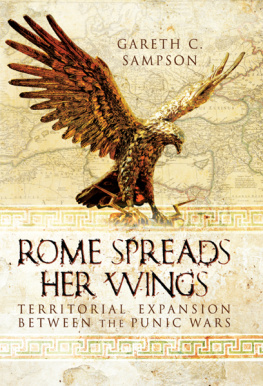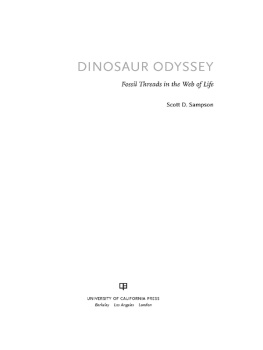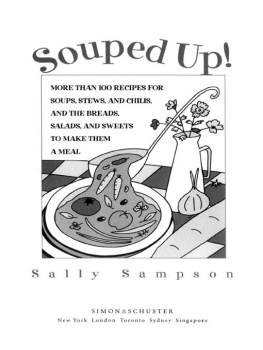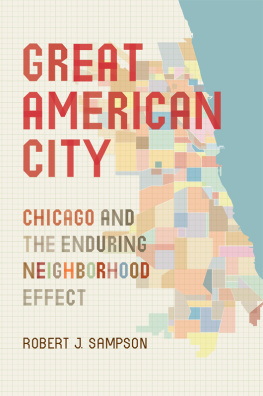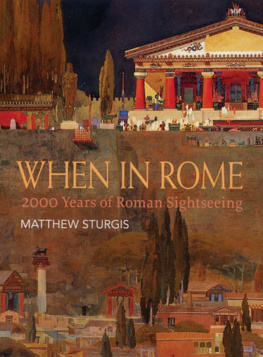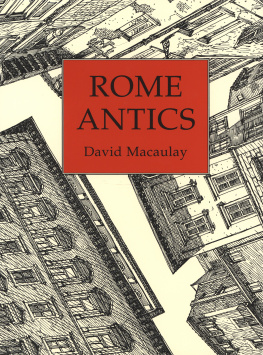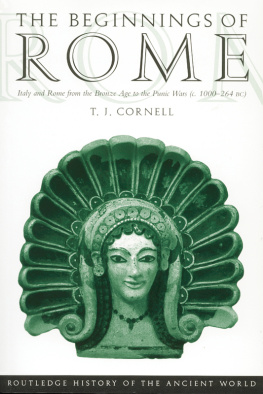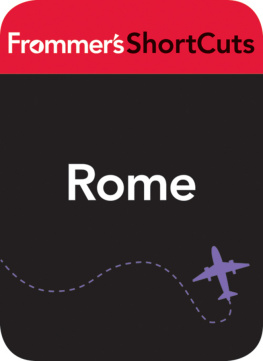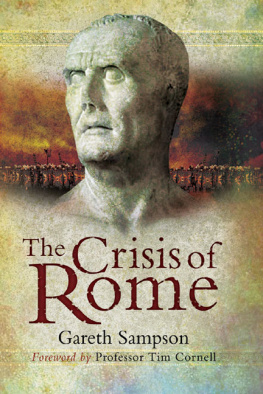To my wonderful wife Alex and my gorgeous two children, Thomas and Caitlin.
Thank you for making my life so enjoyable.
First published in Great Britain in 2016 by
Pen & Sword Military
an imprint of
Pen & Sword Books Ltd
47 Church Street
Barnsley
South Yorkshire
S70 2AS
Copyright Gareth C. Sampson 2016
ISBN: 978 1 78303 055 2
PDF ISBN: 978 1 47387 454 1
EPUB ISBN: 978 1 47387 453 4
PRC ISBN: 978 1 47387 452 7
The right of Gareth C. Sampson to be identified as the Author of this Work has been asserted by him in accordance with the Copyright, Designs and Patents Act 1988.
A CIP catalogue record for this book is available from the British Library
All rights reserved. No part of this book may be reproduced or transmitted in any form or by any means, electronic or mechanical including photocopying, recording or by any information storage and retrieval system, without permission from the Publisher in writing.
Typeset in Ehrhardt by
Mac Style Ltd, Bridlington, East Yorkshire
Printed and bound in the UK by CPI Group (UK) Ltd,
Croydon, CRO 4YY
Pen & Sword Books Ltd incorporates the imprints of Pen & Sword Archaeology, Atlas, Aviation, Battleground, Discovery, Family History, History, Maritime, Military, Naval, Politics, Railways, Select, Transport, True Crime, and Fiction, Frontline Books, Leo Cooper, Praetorian Press, Seaforth Publishing and Wharncliffe.
For a complete list of Pen & Sword titles please contact
PEN & SWORD BOOKS LIMITED
47 Church Street, Barnsley, South Yorkshire, S70 2AS, England
E-mail:
Website: www.pen-and-sword.co.uk
Contents
Acknowledgements
A s always, the greatest acknowledgement goes out to my wife Alex, without whose support this book (nor any of them) would never have been written. Supporting a husband writing a book, whilst writing one of your own and looking after a young baby and a toddler, is a truly Herculean effort.
Notable mentions go out to our son Thomas, who is growing up splendidly, and our new daughter Caitlin, whose arrival led to another delay in finishing a book. Being a daddy and a historian is a challenge, but the children make it more than worthwhile.
A lifelong debt of gratitude goes out to my parents, who have always supported me and encouraged my love of learning.
As always, a debt of gratitude goes out to my editor Phil Sidnell, whose patience is legendary and usually sorely tested when Im writing a book.
There are a number of individuals who through the years have inspired the love of Roman history in me and mentored me along the way; Michael Gracey at William Hulme, David Shotter at Lancaster and Tim Cornell at Manchester. My heartfelt thanks go out to them all.
Thanks go out to the Manchester Diaspora, now reduced to Ian, James, Gary, Greg and Jason. As always big hugs go out to Pete and Nicki back in the US.
On a more practical note, thanks go out to the Central Library at Plymouth for their truly excellent interlibrary service, which frankly continues to put most university libraries to shame. Also thanks go to the Alumni Society at Manchester for organising JSTOR access for alumni, which has been a lifesaver.
Maps and Diagrams
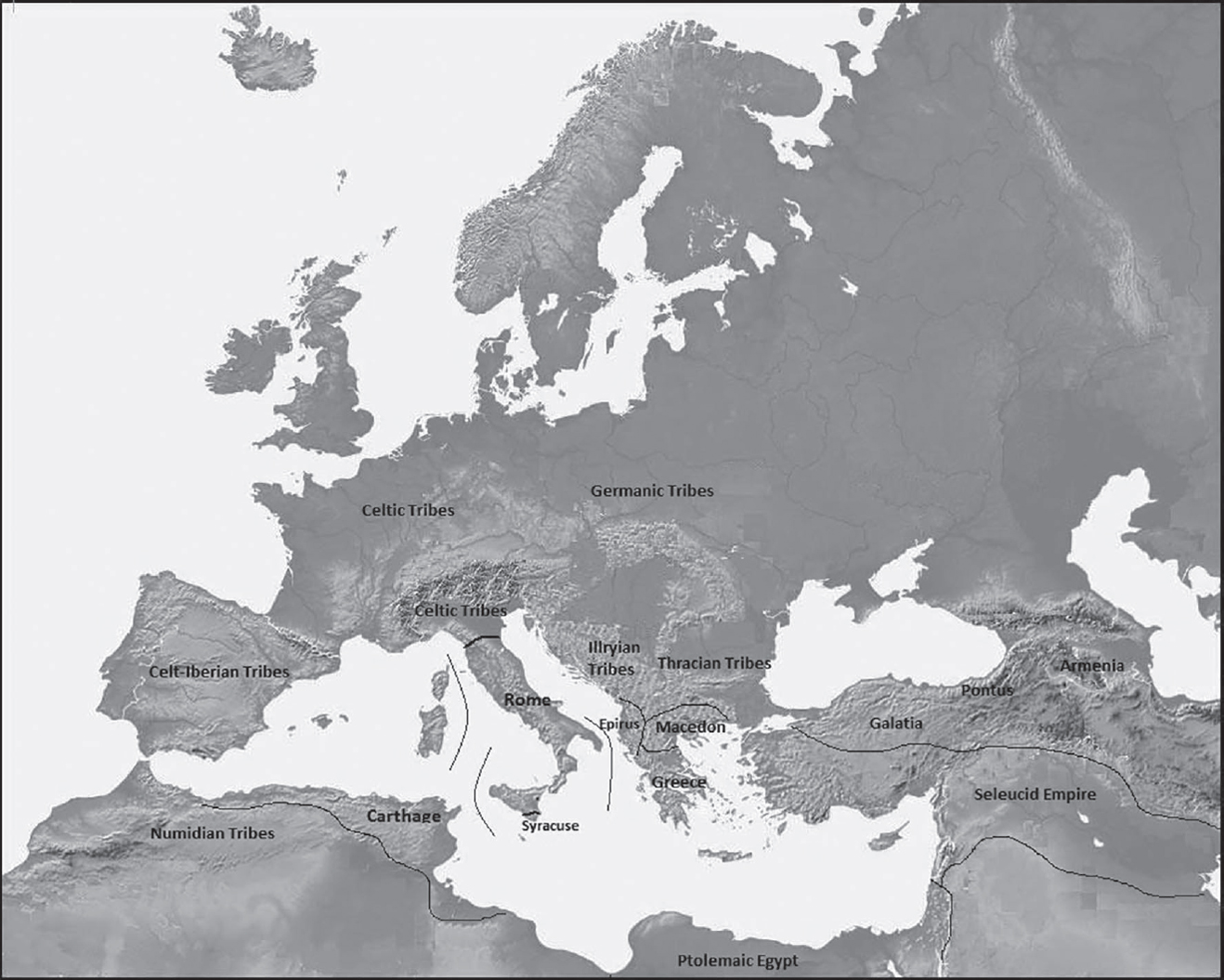
Map 1: The Mediterranean World in 241 BC.
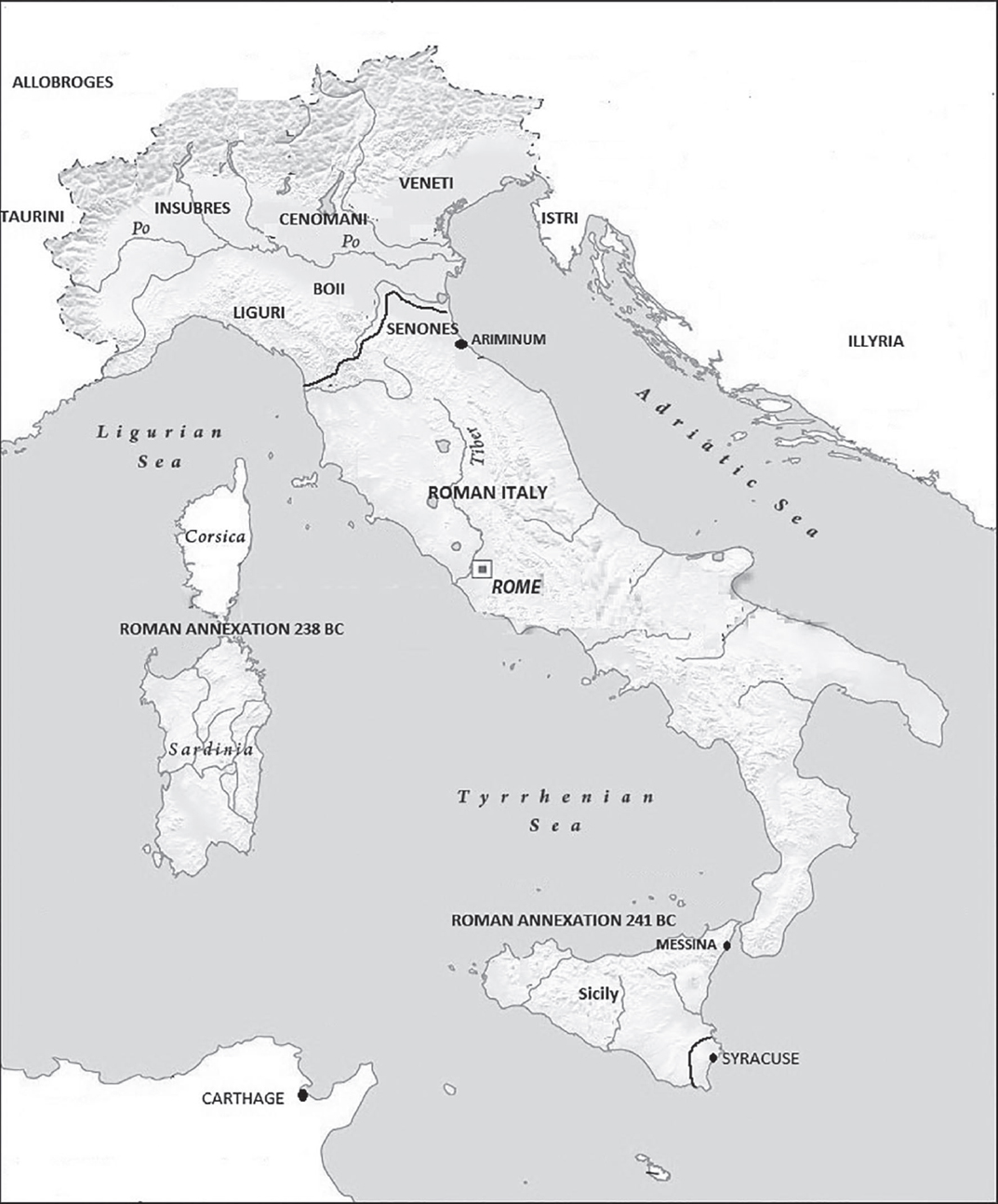
Map 2: Italy (241218 BC).
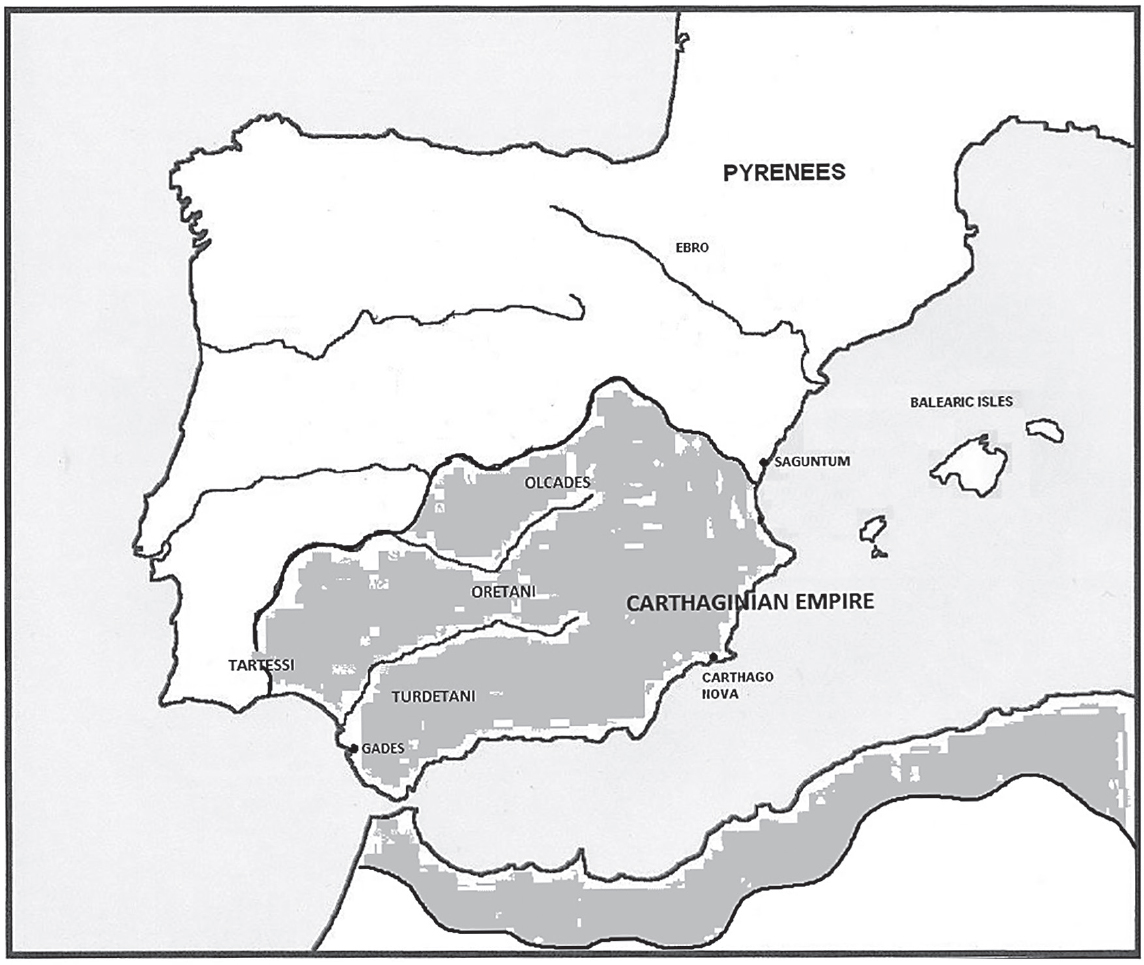
Map 3: Spain (237218 BC).
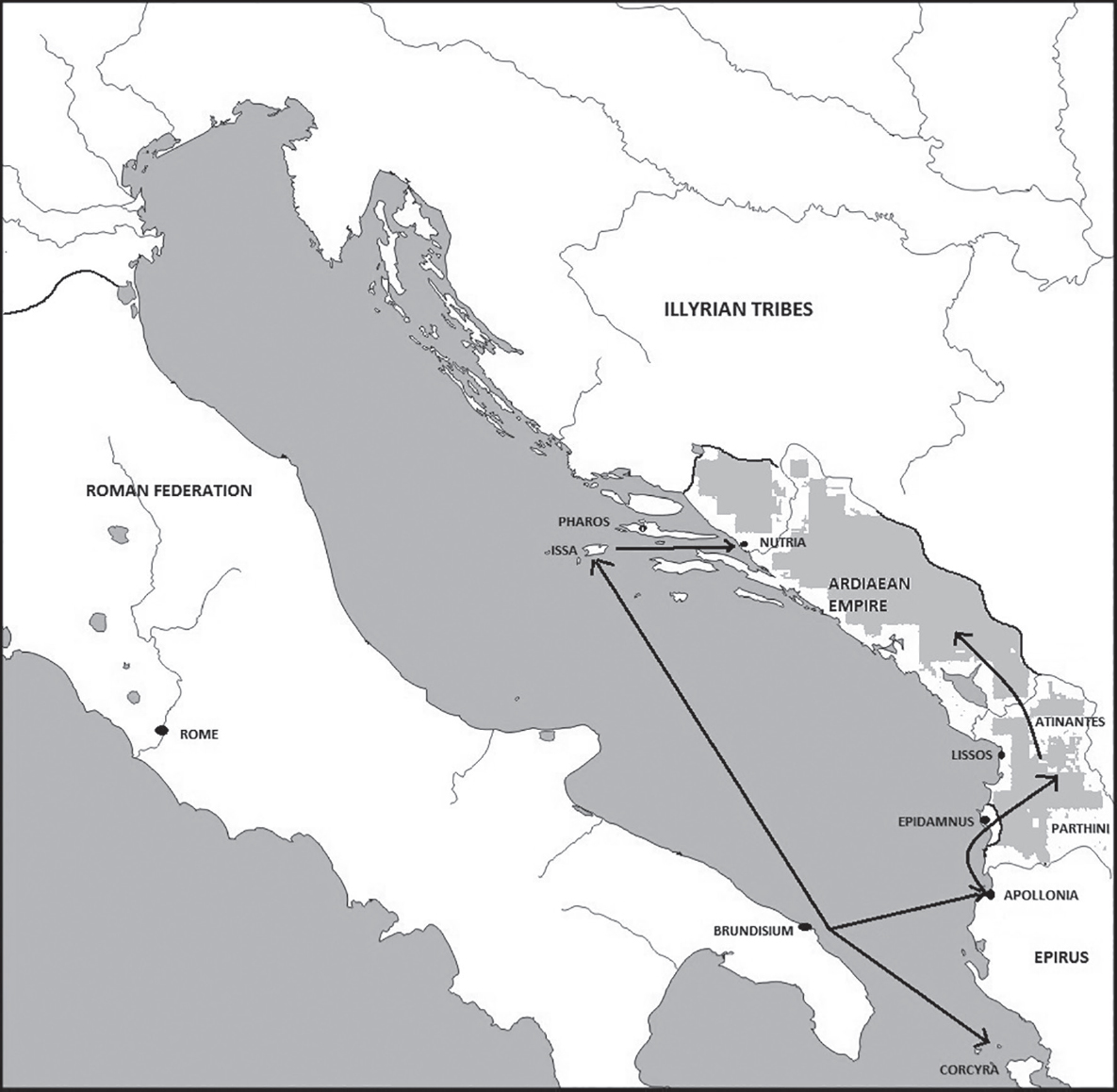
Map 4: First Illyrian War (229228 BC)
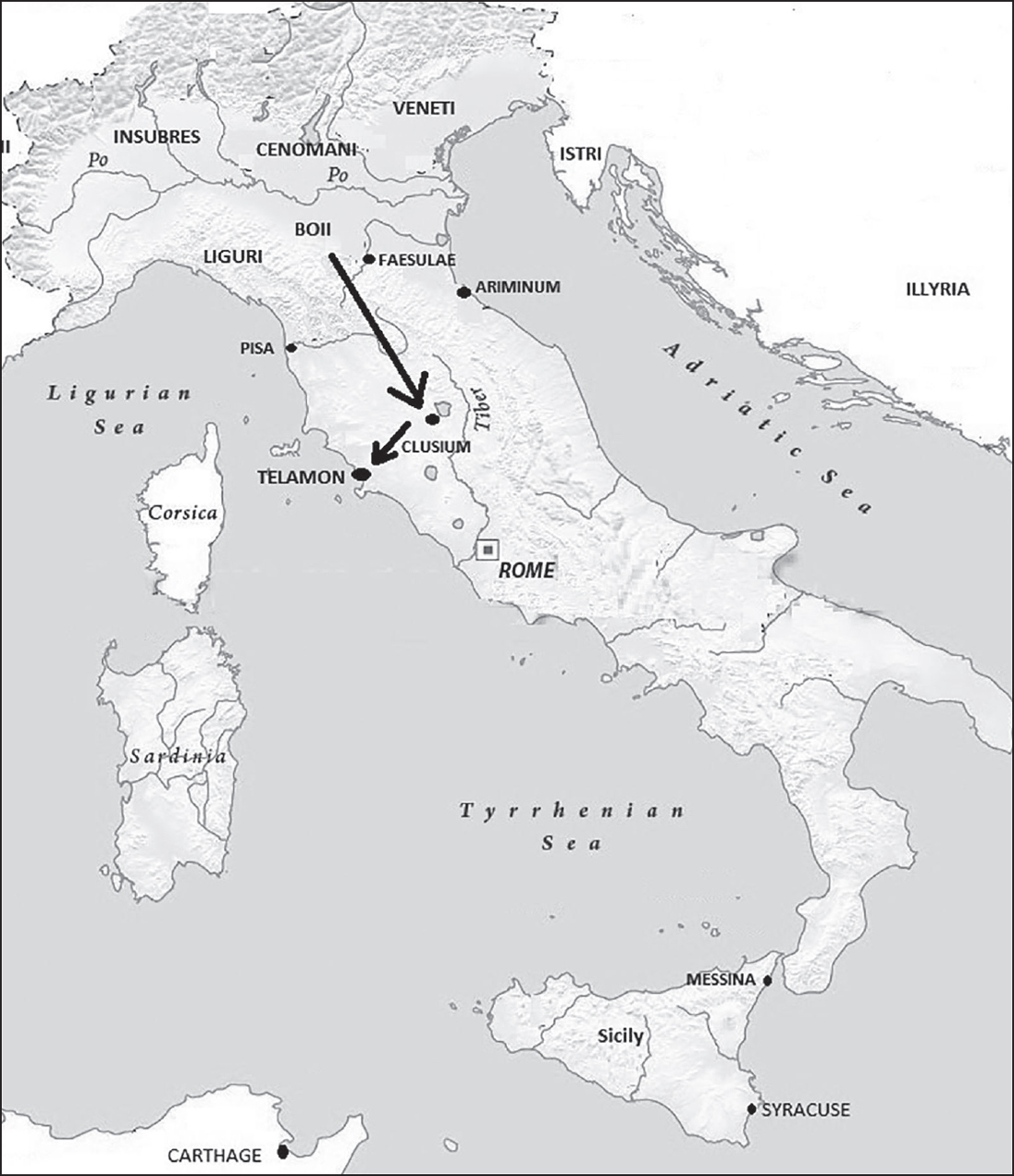
Map 5: Gallic War (225 BC)
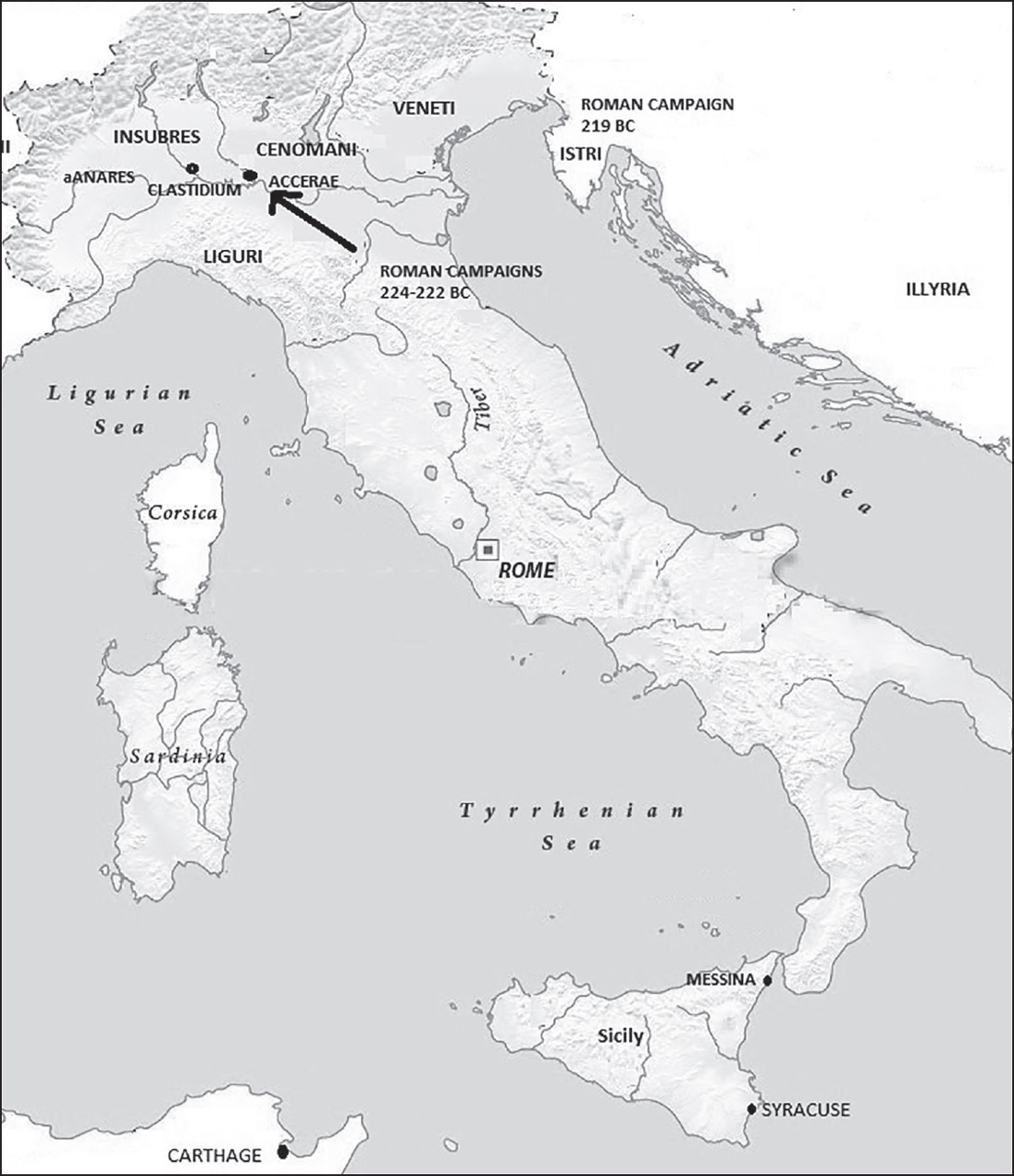
Map 6: Gallic War (224222 BC)
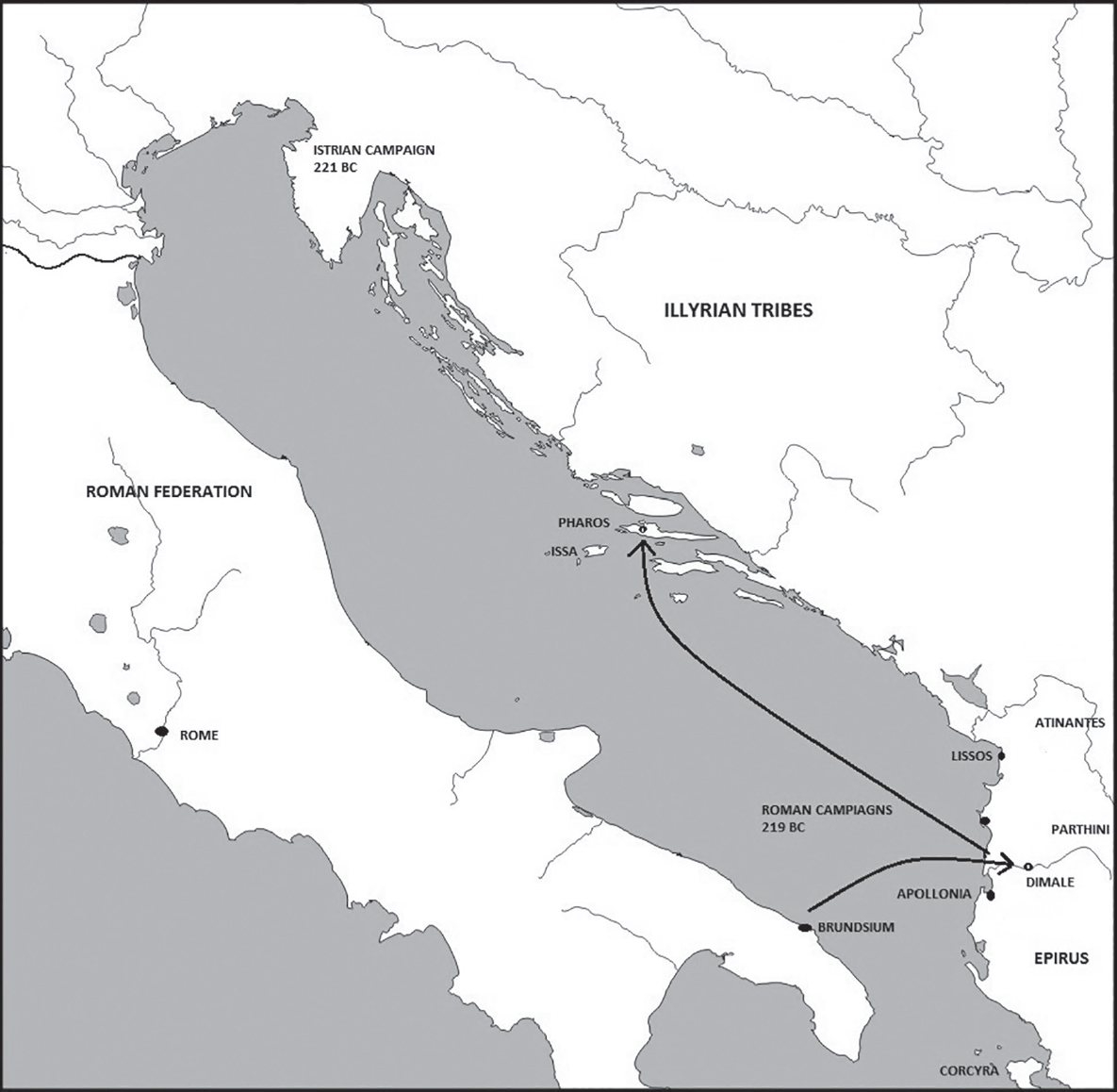
Map 7: Second Illyrian War (219 BC)
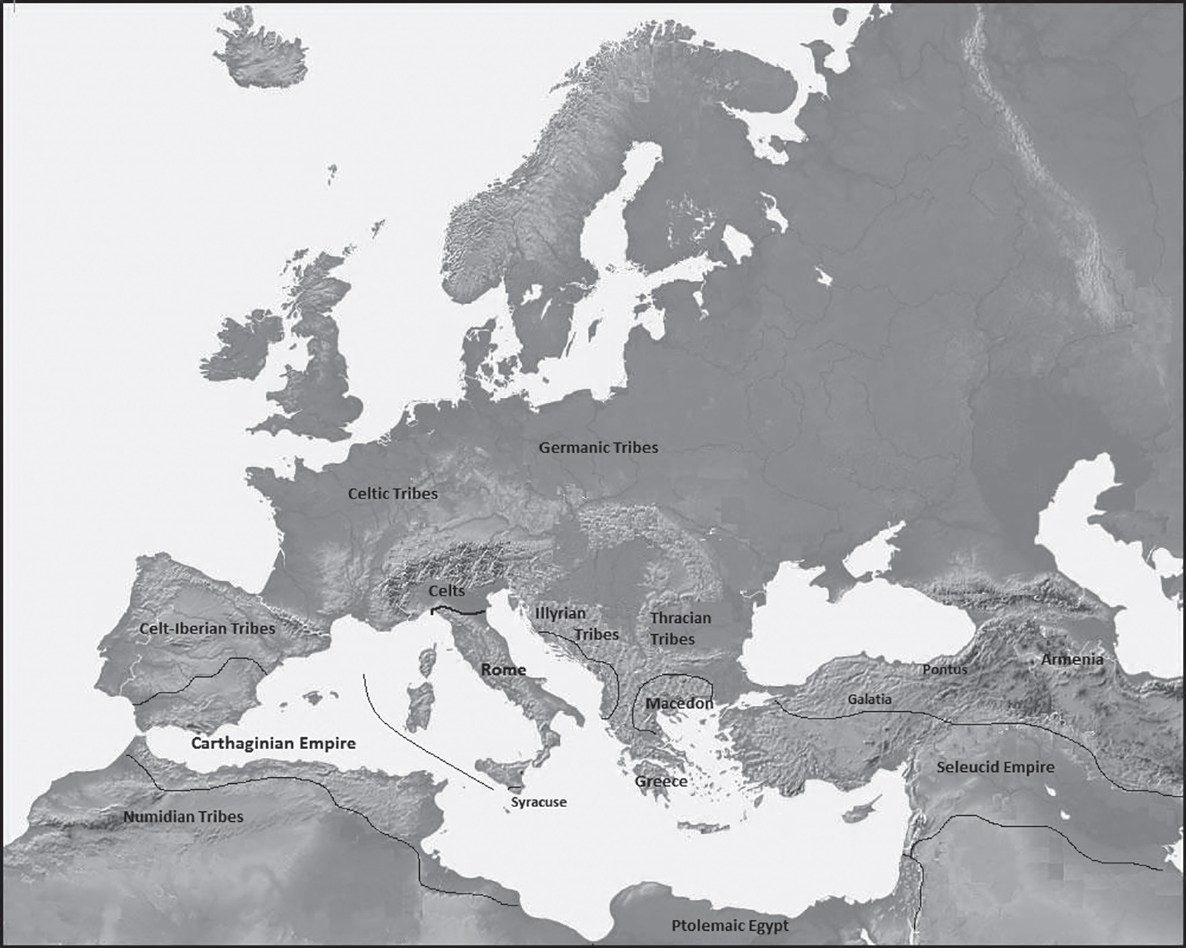
Map 8: The Mediterranean World in 218 BC
Introduction In the Shadow of the Punic Wars
T he period which is now known as the second half of the third century BC is dominated by the two great wars between Rome and Carthage, known as the Punic Wars, with the years inbetween (241218 BC) usually passed over. However, this approach ignores a critical period in Roman military history and overlooks three major milestones in the history of the Republic and its military expansion.
The first major factor is that it was during this period that the last of the great Gallic invasions of Roman territory occurred. Modern historiography tends to view Carthage as Romes major rival in this period and the power that represented the greatest threat to Romes expansion and very survival. Yet this view overlooks the fact that Rome had a potentially far greater rival, far closer to home: the Gauls. It was the Gauls who had achieved what no other rival power had in Romes history: successfully attacking the city of Rome itself, which had been sacked by the Gauls in the early fourth century. Furthermore, in this period Gaul extended beyond the Alps and encompassed northern Italy. Thus Rome faced a numerically superior rival right on its doorstep and one which could march on the city within weeks. It was in this period that the centuries long war between Rome and the Gauls, for control of the territory which is now Italy, reached its conclusion, culminating in the Battle of Telamon, one of the most important battles that the Republic fought.
The two other factors relate to military expansion outside of Italy. The first of these concerns the fact that it was in this period that Rome acquired its first overseas provinces. Although these first provinces were limited in terms of their size and distance from Italy (Sicily, Sardinia and Corsica), they were nevertheless a major step on Romes overseas expansion, setting the foundation for what was to come. Furthermore, Romes experiences in this period set the tone for the shape of overseas expansion for the next 100 years.
The third factor found in this period is that Rome took another major step in its military expansion outside of Italy by crossing the Adriatic for the first time in its history and fighting wars on the Greek mainland. The two wars which Rome fought in Illyria in this period established the foundation which was to set Rome on a path drawing them inexorably further into the world of Hellenistic great power politics and warfare, which would ultimately end 100 years later in the Roman conquest of Greece, a conquest which in one form or another would last for the next 1,600 years.
Therefore, these two decades provided the building blocks upon which the later Roman Empire was founded; control of Italy, overseas provinces and military intervention in Greece. For these reasons, this period needs to be studied and analysed in its own right and brought out of the shadow of the Punic Wars. For too long the events of this period have been seen through the lens of the Punic Wars, with every event viewed in terms of the relationship between Rome and Carthage. Yet until late in this period, Carthage was not the issue at the forefront of Roman minds; this study hopes to redresses this.
Next page
